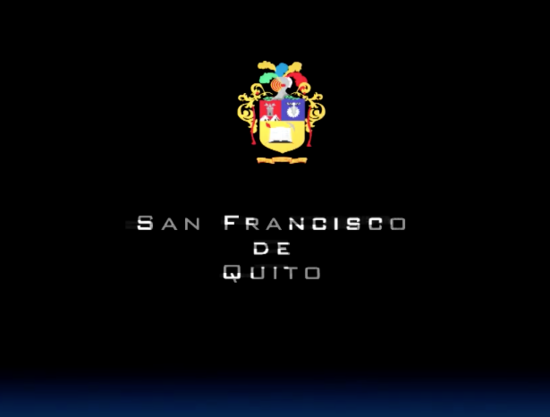Venue of the CTTC 2019
<<< CTTC 2019 workshop main page
About USFQ
Click on the picture to watch the video
Universidad San Francisco de Quito (USFQ) is a liberal-arts, non-profit, private university located in Cumbayá Valley (Quito), Ecuador. It was the first totally private self-financed university in Ecuador and the first liberal-arts institution in the Andean region. Academically, USFQ is recognized as a model higher-education institution having the most active and productive academic community in Ecuador. Furthermore, the Ecuadorian Council of Evaluation, Accreditation and Assurance of High Education (CEAACES) has ranked USFQ as one of the top three institutions in the country. Since 2009, USFQ is continuously ranked first in relation to the number of peer-reviewed scientific publications. Although USFQ receives no funding from the government, its faculty comprises almost one-half of all the people in Ecuador holding a doctorate degree.
The university currently enrolls about 8,000 students, 5,500 of whom are undergraduates. Its scholarship grant system is recognized as the largest in Ecuador because, each year, about 300 full scholarships are offered to the best students of public high schools throughout Ecuador as well as to indigenous students, belonging to different ethnic groups. USFQ has also the most important student exchange program in the country, hosting each year ~1000 international students from different corners of the world. Associated to this, the USFQ international affairs office has been recognized as one of the most representatives of the region because it has produced more than 100 bilateral partnerships with universities in the United States, Canada, Europe, Latin America, Australia, Asia and Africa.
Besides the main campus in Cumbayá, USFQ has other academic and scientific centers: (i) Hospital de los Valles where the medical school is located, (ii) the Tiputini biodiversity studies station located at the rain forest close to a natural reserve, and (iii) the Galapagos Science Center located in San Cristobal Island in the Galapagos Archipelago.
